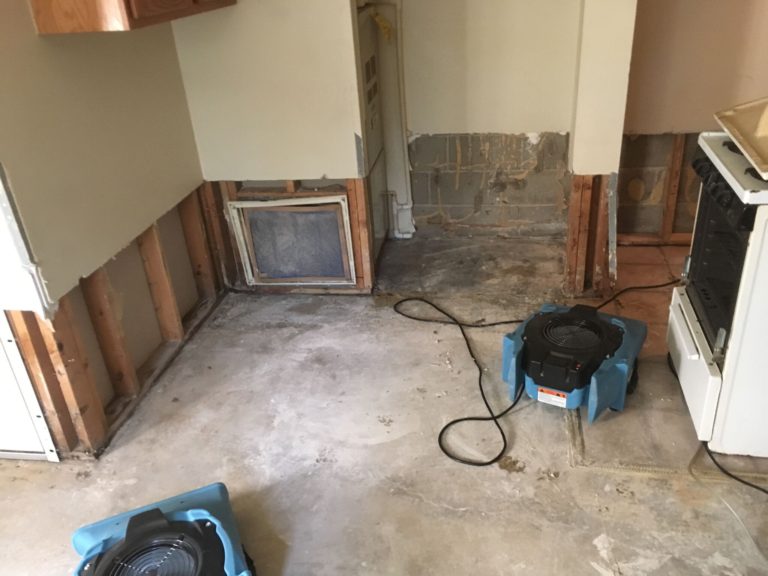When temperatures drop to extreme lows, the risk of frozen pipes increases dramatically. Frozen pipes can lead to serious damage, including burst pipes, water damage, and flooding. To avoid costly repairs and potential water damage in your home, take proactive measures to protect your plumbing system from freezing.
What Happens When Pipes Freeze?
When water inside your pipes freezes, it expands, creating immense pressure inside the pipe. This pressure can cause pipes to crack or burst, leading to leaks and flooding when the ice thaws. A burst pipe can cause extensive water damage to walls, floors, insulation, and personal belongings, often requiring professional restoration services.
Tips to Prevent Frozen Pipes
Taking precautions before temperatures plummet can help you avoid frozen pipes and costly damage. Follow these steps to keep your pipes from freezing:
1. Insulate Your Pipes
- Wrap exposed pipes in foam insulation sleeves, especially those in unheated areas like basements, crawl spaces, attics, and garages.
- Use heat tape or heat cables on vulnerable pipes for extra protection.
2. Keep the Heat On
- Maintain an indoor temperature of at least 55°F, even when you’re away from home.
- Open cabinet doors under sinks to allow warm air to circulate around the pipes.
3. Let Faucets Drip
- Allow a slow drip of water from faucets connected to exposed pipes. Running water, even at a trickle, helps prevent freezing by relieving pressure inside the pipes.
4. Seal Leaks and Drafts
- Check for gaps or cracks around windows, doors, and foundation walls where cold air could enter.
- Use caulk or insulation to seal any leaks that might let freezing air reach your pipes.
5. Disconnect Outdoor Hoses
- Drain and store garden hoses before winter.
- Shut off and drain outdoor water spigots to prevent ice buildup inside exterior pipes.
What to Do If Your Pipes Freeze
If you suspect a pipe has frozen, take immediate action to prevent it from bursting:
- Turn off the main water supply to minimize potential flooding.
- Apply gentle heat to the frozen pipe using a hairdryer, heating pad, or warm towels—never use an open flame.
- Keep faucets open so melting water can flow out.
Dealing with Water Damage from a Burst Pipe?
Despite your best efforts, sometimes pipes still freeze and burst, causing water damage. If you experience flooding due to a broken pipe, sewage backup, or water line break, Mid American Restoration is here to help. Our 24/7 emergency water damage restoration services in Northeast Illinois and Southeast Wisconsin ensure a quick response to minimize damage and restore your home.
Contact Mid American Restoration Today
If you’re dealing with water damage from frozen or burst pipes, don’t wait—call Mid American Restoration today! Our team specializes in water removal, structural drying, and damage restoration to get your home back to normal fast.

